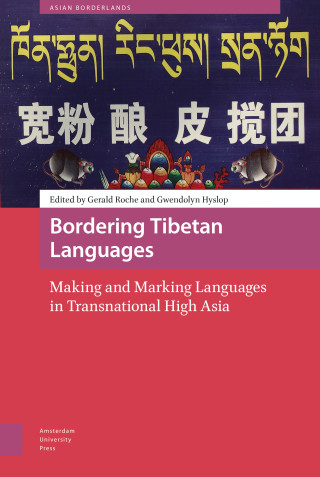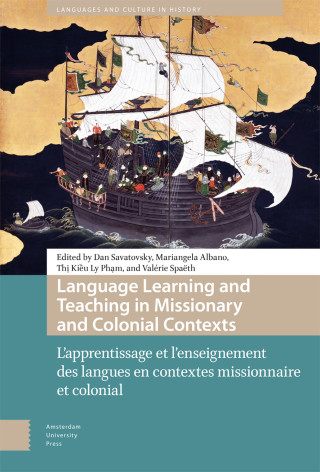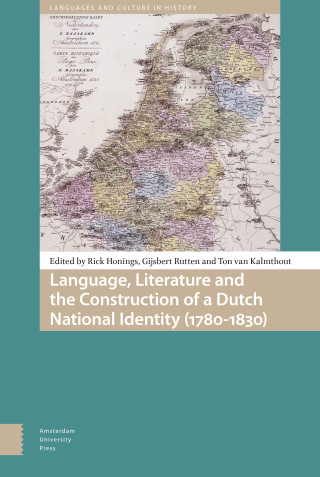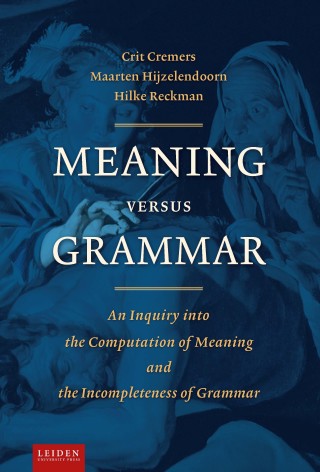CEU Press
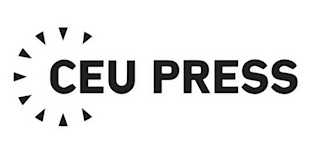


Foreword
Anngret Simms
Acknowledgements
Preface
Introduction: Languages and I
1. Dialect Continua in Central Europe, Ninth Century
2. Central Europe’s Writing Systems in the Ninth Century
3. Dialect Continua in Central Europe, c 1050
4. Central Europe’s Writing Systems, 1050
5. Dialect Continua in Central Europe, c 1570
6. Central Europe’s Writing Systems, 1570
7. Dialect Continua in Central Europe, c 1721
8. Central Europe’s Writing Systems,1721
9. Europa Media anno 1721: The Latin-Language Geogrpahy of Early Modern Central Europe
10. Official Languages in Central Europe, 1721
11. Ethnic Cleansing in Central Europe Before the Balkan Wars
12. Dialect Continua in Central Europe, c 1910
13. Central Europe’s Writing Systems,1910
14. Isomorphism of Language, Nation, and State in Central Europe, 1910
15. Central Europe in 1910 as Seen Through the Lens of Ottoman Turkish
16. tsentral-eyrope in 1910: Yiddish Geography
17. Centra Eŭropo en 1910: Geographic and Place names in Esperanto
18. Short-lived Polities in Central Europe, 1908-1924
19. Ethnic Cleansing in Central Europe During the Balkan Wars, World War I and in the Aftermath
20. Isomorphism of Language, Nation, and State in Central Europe, late 1918
21. Non-State Minority, Regional and Unrecognized Languages, and Written Dialects in Central Europe, Nineteenth Through Twenty-First Centuries
22. Linguistic Areas (Sprachbünde) in Central Europe, c 1930
23. Linguistic Areas (Sprachbünde) in Central Europe: An Alternative Classification, c 1930
24. Central Europe's Writing Systems, 1930
25. Isomorphism of Language, Nation, and State in Central Europe, 1931
26. Ethnic Cleansing in Central Europe During the 1930s
27. Ethnic Cleansing in Central Europe During World War Two, 1939-1940
28. Ethnic Cleansing in Central Europe During World War Two, 1941-1944
29. Ethnic Cleansing in Central Europe After World War Two, 1945–1950
30. Ethnic Cleansing in Central Europe During the Cold War, 1951-89
31. Isomorphism of Language, Nation, and State in Central Europe, 1974–1989
32. Moldavian and Central Europe: Еуропа Чентралэ ын анул 1980 (Europa centrală in anul 1980)
33. Dialect Continua in Central Europe, c 2009
34. Central Europe's Writing Systems, 2009
35. Central Europe's Writing Systems in 2009 and the Past
36. Isomorphism of Language, Nation, and State in Central Europe, 2009
37. Management of Difference: Borders and Multiethnic Regions in Contemporary Central Europe
38. Management of Difference: Multiethnic Regions in Contemporary Central Europe
39. Central Europe's Universities with Other Media of Instruction than the State or National Language, 2009
40. Roma Settlements in Central Europe, 2009
41. Mitelojropa w 2009: The Silesian Language and Central Europe
42. Isomorphism of Language, Nation, and State in Central Europe, and in East and Southeast Asia, 2009
Glossary
Bibliography
Index
With forty-two extensively annotated maps, this atlas offers novel insights into the history and mechanics of how Central Europe’s languages have been made, unmade, and deployed for political action. The innovative combination of linguistics, history, and cartography makes a wealth of hard-to-reach knowledge readily available to both specialist and general readers. It combines information on languages, dialects, alphabets, religions, mass violence, or migrations over an extended period of time.
The story first focuses on Central Europe’s dialect continua, the emergence of states, and the spread of writing technology from the tenth century onward. Most maps concentrate on the last two centuries. The main storyline opens with the emergence of the Western European concept of the nation, in accord with which the ethnolinguistic nation-states of Italy and Germany were founded. In the Central European view, a “proper” nation is none other than the speech community of a single language. The Atlas aspires to help users make the intellectual leap of perceiving languages as products of human history and part of culture. Like states, nations, universities, towns, associations, art, beauty, religions, injustice, or atheism—languages are artefacts invented and shaped by individuals and their groups.
Tomasz Kamusella is reader in modern history in the School of History at the University of St Andrews, Scotland, Britain.
